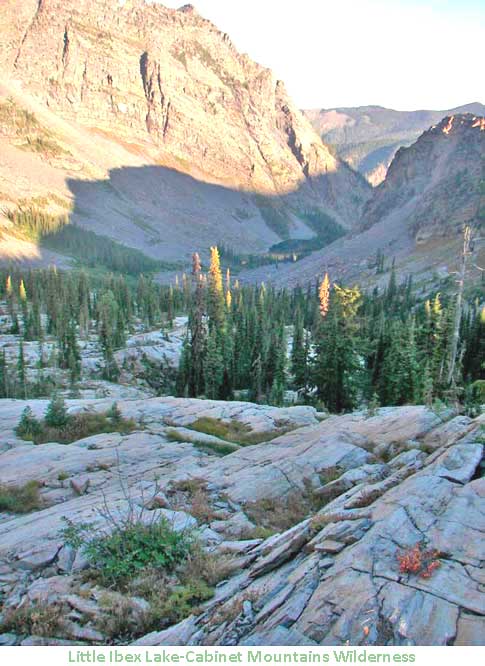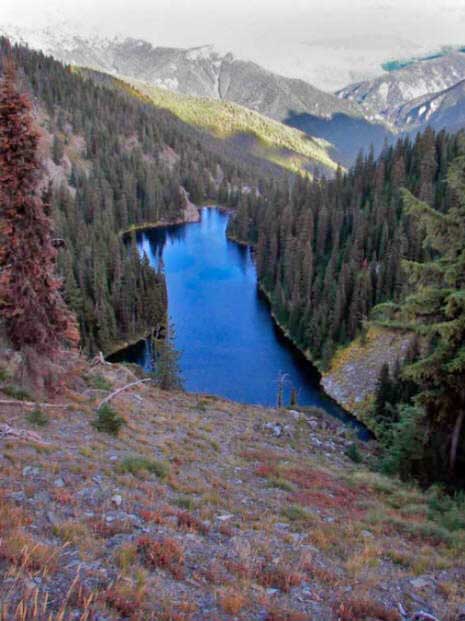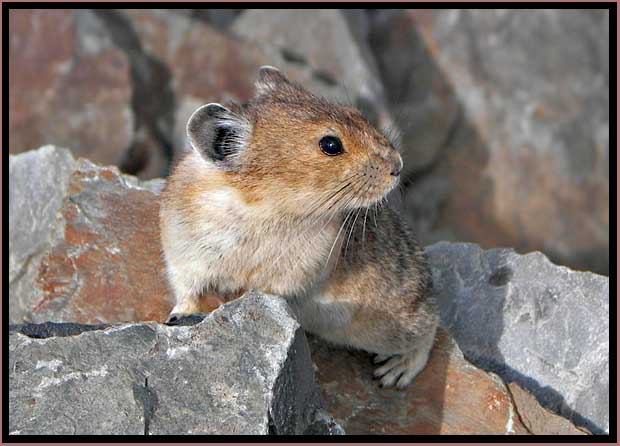|
THE KOOTENAI NATIONAL FOREST AND WILDERNESS A significant portion of the Cabinet Mountain range lies within the jurisdiction of the Kootenai National Forest. The percentage of lands that is unroaded in the Kootenai National Forest is approximately 34%. By comparison, 80% of the lands in the Bitterroot National Forest are roadless, and in the Gallatin National Forest that amount is 86%. The Kootenai also has the smallest percentage of wilderness of any national forest in Montana with only 4% of the 2.2 million acres currently protected. By comparison, the Bitterroot National Forest is approximately 47% wilderness. There are 43 Inventoried Roadless Areas (IRAs) in the Kootenai, totaling almost 640,000 acres. Noteworthy are the East Face and West Face, and Galena IRAs. These wildlands are adjacent to the Cabinet Mountains Wilderness and would be critical additions to a wilderness that has been besieged by multiple mining proposals throughout its 45-year history.
For more information on protecting roadless areas in
Montana, visit
http://www.wildrockiesalliance.org/issues/nrepa/ THE CABINET MOUNTAINS WILDERNESS The Cabinet Mountains Wilderness is located in the Kootenai National Forest, approximately 15 miles southwest of Libby, Montana in the northwestern corner of the state. This area contains some of the most beautiful sub-alpine scenery in western Montana. Elevations range from 3,000 feet to 8,738 feet atop Snowshoe Peak. Variety best describes the Cabinet Mountains Wilderness with its high, rocky peaks often snowcapped year-round crowning canopied valleys that harbor groves of huge cedars thriving in a temperate rainforest climate. Hidden in the peaks and ridges are scores of deep blue lakes, feeding clear, cold streams that tumble to moose country below. When the
Wilderness Act of 1964 was passed, the Cabinet Mountains
Wilderness was one of the nations first ten wilderness areas to
receive protection. Today, the Cabinet Mountains Wilderness
remains the sole wilderness area in the Cabinet Mountains Range
and in the 2.2 million-acre Kootenai National Forest.
Unfortunately, this wilderness has been continuously plagued by
the threat of hardrock mining. Two massive mining projects have
been proposed that would operate beneath and adjacent to this
wilderness. The Rock Creek and Montanore mines would include
numerous surface intrusions and impacts, with support facilities
rimming the border. Expanding the Cabinet Mountains Wilderness
is absolutely essential. This wilderness is only 94,360 acres
and needs to be enlarged to offset the ongoing mineral threats
near its borders. Annexation of the East Face, West Face, and
Galena Inventoried Roadless Areas also would add habitat for the
dwindling populations of grizzly bear, lynx, wolverine, mountain
goat, and other species that are threatened by industrialization
and motorized recreation. THE LOLO NATIONAL FOREST AND WILDERNESS The middle
portion of the Cabinet Mountains is located within the Lolo
National Forest. The 2.0 million-acre Lolo National Forest fairs
only slightly better with wilderness designation than the
neighboring Kootenai National Forest, with 7% of the forest
protected. There are approximately 37 IRAs in the Lolo totaling
nearly 750,000 acres. The crown jewel of the Cabinet portion of
the forest is the Cube Iron/Mt. Silcox Inventoried Roadless Area
near Thompson Falls, Montana. Comprised of mountain peaks and
alpine lakes, this IRA was included in the 1988 Montana
wilderness legislation that was vetoed by Ronald Reagan. Within
the Bitterroot mountain portion of the Lolo National Forest, the
Great Burn IRA near Superior, Montana has long deserved
protection, but has yet to be included in any proposed
legislation. WILDLIFE NEED WILDERNESS
Like rabbits and hares, pikas are herbivores. Their favorite foods include grasses, sedges, twigs from shrubs commonly found in boulder fields, and flowering plants such as fireweed. Active during the winter months, pikas harvest plant material in the summer and fall and cure it to last through the winter. The hay is stashed in piles under overhanging rocks and in crevices. Although some of the plants contain toxins, the toxins help keep the hay from spoiling and break down over time rendering the plants safe to eat. Pikas know which plants contain toxins and these are eaten last. Hay piles are closely guarded from neighboring pikas that occasionally raid each others stashes. Pikas live in large colonies and communicate with several types of vocalizations including a warning call that can accurately be described as eek. This is given at the approach of aerial predators including hawks, eagles, and owls. Young pikas are born in May and June. Females produce two litters a year with two to six young per litter. The young mature in less than two months and live an average of three years. Pikas appear to be intolerant of warm temperatures and their distribution is limited by the occurrence of rock talus and boulder fields at upper elevations. There is evidence that global climate change is pushing them to ever increasing elevations and towards eventual extinction. PIKAS DENIED PROTECTION UNDER ESA Earlier this year, the U.S. Fish and Wildlife Service (USFWS) denied a petition to list the pika under the Endangered Species Act. A listing of threatened or endangered would have established protections for this small mammal that has lost much of its habitat from warming of the mountain west. The pika would have been the first species listed under the ESA due to the impacts of climate change. In denying protection for the pika, the USFWS admitted that the numbers of pikas are declining but asserted that the pika would either adjust to the warmer temperatures or move to higher elevations. The assertion that pikas will adjust to warmer temperatures is scientifically unfounded and based purely on wishful thinking. They may be no more able than polar bears to adjust to warmer temperatures. Unfortunately, high elevation habitat is limited, and, if suitable, it is likely already occupied by pikas. Meanwhile, the clock is ticking for this species, and if their downward trend continues, it may not be possible to reverse it in time. This USFWS is expected to review the status of another high mountain mammal, the wolverine. The wolverine has suffered from habitat loss, trapping, and the warming of its mountain home. Will the USFWS use the same logic to deny protection for the wolverine? The evaluation process of petitions to list species under ESA must always be science based. Is the USFWS denying protections based on the perceived potential hardships that might be incurred by industry proposing new developments? For more on the pika and this decision see: http://unearthed.earthjustice.org/blog/2010-february/feds-wont-protect-pika-climate-change Although the pika is likely to continue to decline in number if something is not down to reverse habitat loss, they can still be observed in the Cabinet Mountain Range in the large boulder fields bordering many of the lakes or at the tops of mountains. .......................................................
|
||||||||||||||||||



